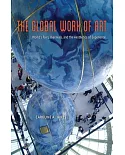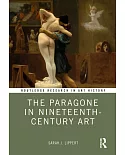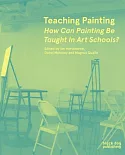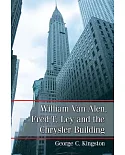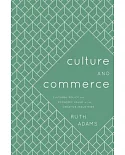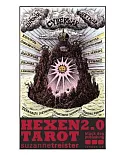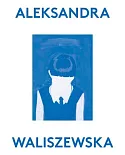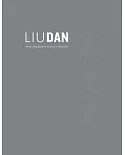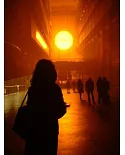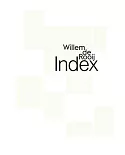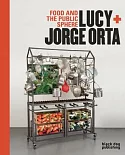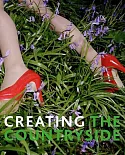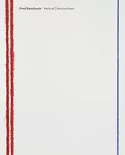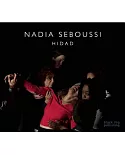In the 1970s and 1980s, a group of "unofficial" artists in Moscow—artists not recognized by the state, not covered by state-controlled media, and cut off from wider audiences—created artworks
that gave artistic form to a certain historical moment: the experience of Soviet socialism. The Moscow conceptualists not only reflected and analyzed by artistic means a spectacle of Soviet
life but also preserved its memory for a future that turned out to be different from the officially predicted one. They captured both the shabby austerity of everyday Soviet life and the
utopian energy of Soviet culture. In History Becomes Form, Boris Groys offers a contemporary's account of what he calls the most interesting Russian artistic phenomenon since the Russian
avant-garde.
In 1976, Groys moved from Leningrad to Moscow; there he joined the artistic underground and became close to Russian artists Ilya Kabakov, Erik Bulatov, Dmitri Prigov, Andrei Monastyrski, Lev
Rubinstein, and Ivan Chuikov. He first wrote about them in 1979 for a A-Ya, a Russian-language magazine published in Paris, calling them "Moscow Romantic conceptualists." History Becomes
Form collects Groys's essays on Moscow Conceptualism, most of them written after his emigration to the West in 1981. The individual artists of the group became known in the West after
perestroika, but until now the artistic movement as a whole has received little attention. Groys's account sheds light not only on the Moscow Conceptualists and their work but also on the
dilemmas of Soviet artists during the Cold War.


